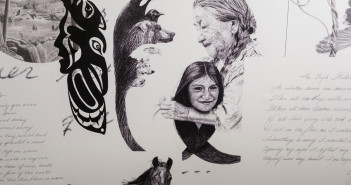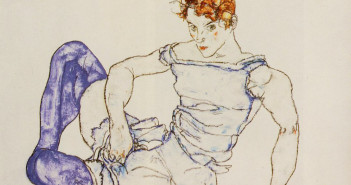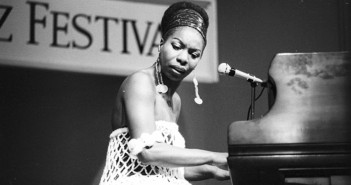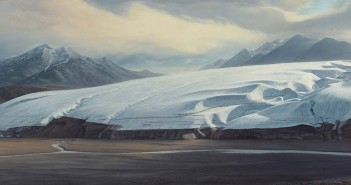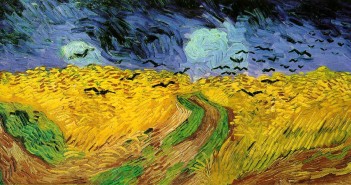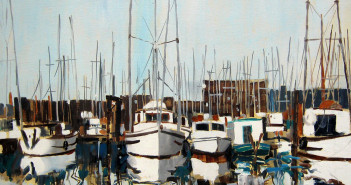
Signature moves
A small painting was brought into a gallery under a woman’s arm. “My ex bought it at an estate auction,” she said. “It’s mine now, but I’d like to sell.” The dealer had represented the artist for many years, so was familiar with his paintings. Formerly, they came to him direct from the easel. More recently, they arrived once in a while, like this one — by way of custodians ready to pass along the provenance. To this dealer, the artist’s larches and firs, sky flicks and French greys had been burned onto the back of his eyelids. And the calligraphic name, laid-in lower right like clockwork, was the signature move


